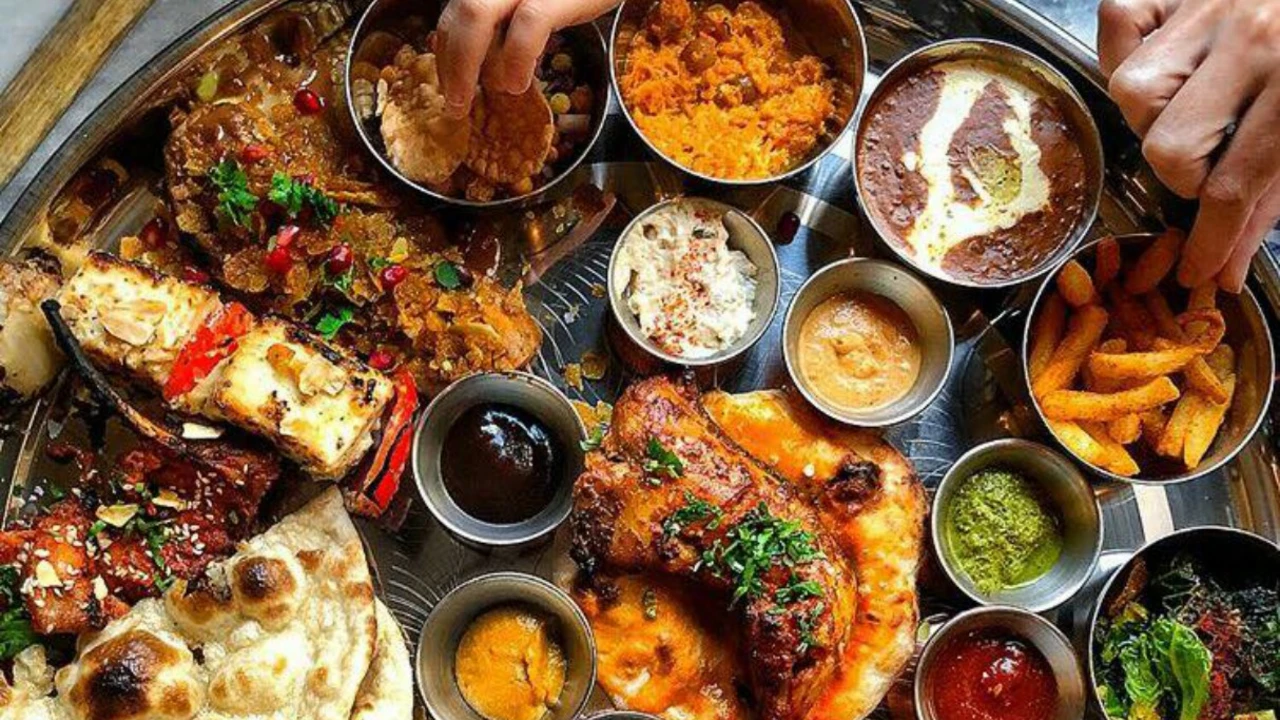Indian Foods: What Makes Them So Different and Delicious?
When you hear "Indian foods" you probably picture spicy curries, sizzling tandoori, and a plate of buttery naan. That image is spot‑on, but it’s only the tip of the iceberg. India’s kitchen is a collage of regional flavors, age‑old traditions, and clever tricks to stretch ingredients for weeks. Let’s cut through the hype and give you a clear picture of what Indian foods really offer.
Regional gems you should try
North India leans on dairy and wheat. Think creamy paneer tikka, buttery parathas, and hearty dal makhani. South India loves rice and lentils, delivering dishes like crisp dosa, tangy tamarind rice, and the crunchy murukku that stays fresh for days. East brings sweet‑sour balances with fish curries from Bengal and delicate pithas. West mixes heat and sweetness—go for Gujarati dhokla or Rajasthani dal baati.
Each region also has snack heroes that last long without refrigeration. Roasted chana dal, ragi cookies, and the ever‑crunchy murukku are perfect for office desks or travel packs. They’re tasty, protein‑rich, and keep well for weeks.
Health myths about Indian foods
Many think Indian food is automatically heavy, oily, or too spicy. The truth is more nuanced. A lot of dishes rely on spices like turmeric, cumin, and coriander—ingredients packed with antioxidants. When you pick grilled tandoori over deep‑fried pakoras, you get less fat and more protein. Pairing lentils with brown rice gives a complete amino‑acid profile, great for vegans.
If you crave something indulgent, swap the cream‑laden butter chicken for a tomato‑based chicken tikka masala with yogurt instead of ghee. It cuts calories while keeping the flavor punch. And don’t forget the power of fermented foods like idli and dosa batter; they support gut health.
So, is Indian food “bad” or “special”? It’s both—bad only if you overdo the fried stuff, special because the spice palette can turn a bland plate into a taste adventure.
Ready to explore? Start with a simple meal: cook basmati rice, stir‑fry mixed veggies with cumin and mustard seeds, add a spoonful of canned chickpeas, and finish with a squeeze of lemon. You’ve got a balanced Indian‑style bowl in under 30 minutes, no fancy equipment needed.
Whether you’re after a quick snack that stays fresh, a hearty lunch, or a deep dive into regional flavors, Indian foods have something for every mood. Keep an eye on the cooking method, pick the right spices, and you’ll enjoy the true, diverse bounty of India’s kitchen.
Well, buckle up folks because we're about to take a wild and spicy ride into the world of Indian cuisine that Americans find a tad quirky. So, first up we have the infamous Pani Puri, a hollow puff pastry filled with flavored water that leaves you feeling like you’ve gone 10 rounds with a water balloon. Next, we've got the notorious Biryani, a dish so spicy it'll make your taste buds feel like they've taken a trip to the sun. Don't even get me started on the adventurous Raita, a yogurt-based side dish, which is like the wild cousin of your everyday salad dressing. And lastly, there's Gulab Jamun, a sweet ball of deep-fried dough that's like a donut had a love affair with a sugar bomb. So there you have it, a culinary rollercoaster of flavors, that's sure to leave your palate pretty perplexed!
